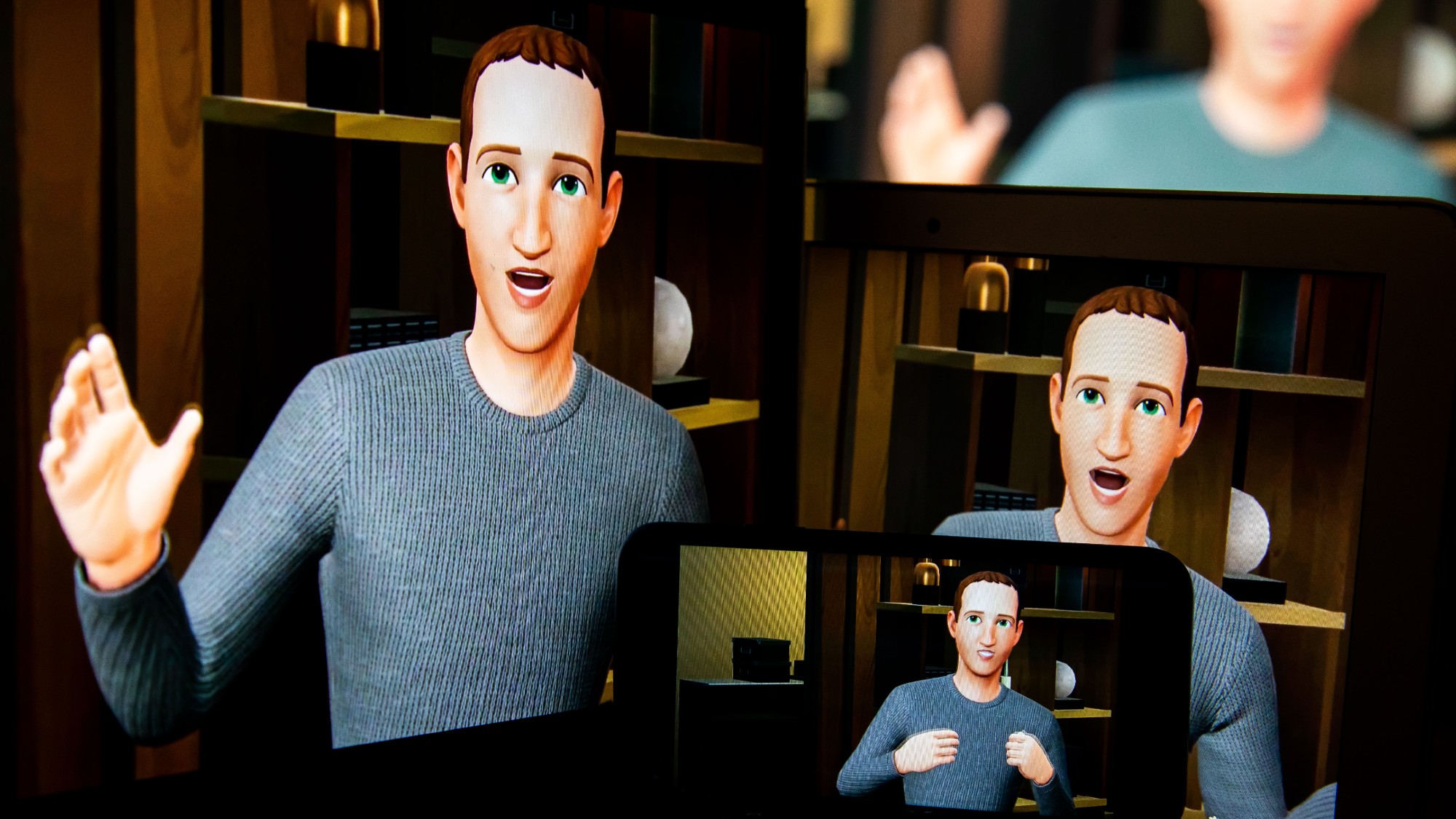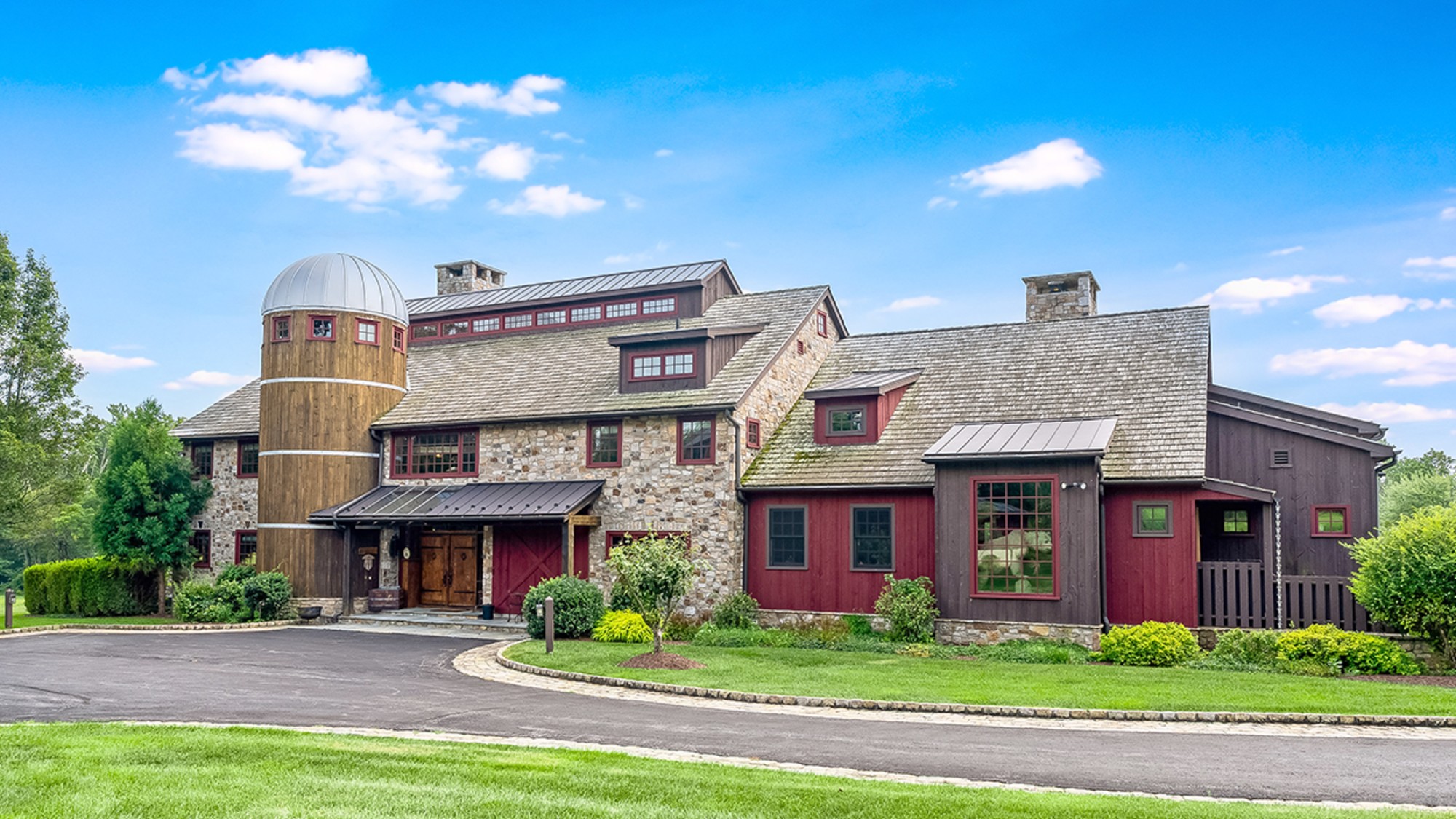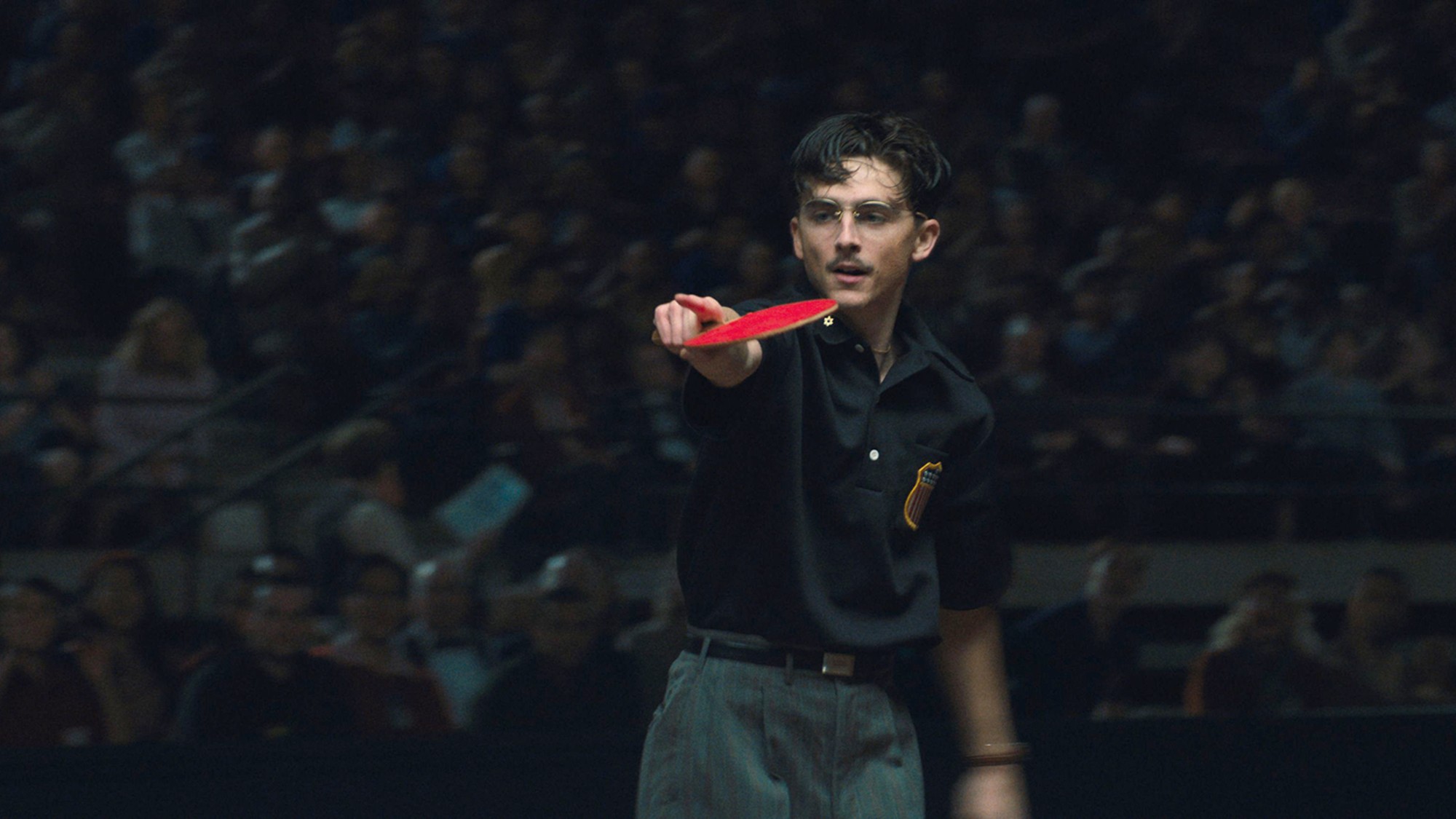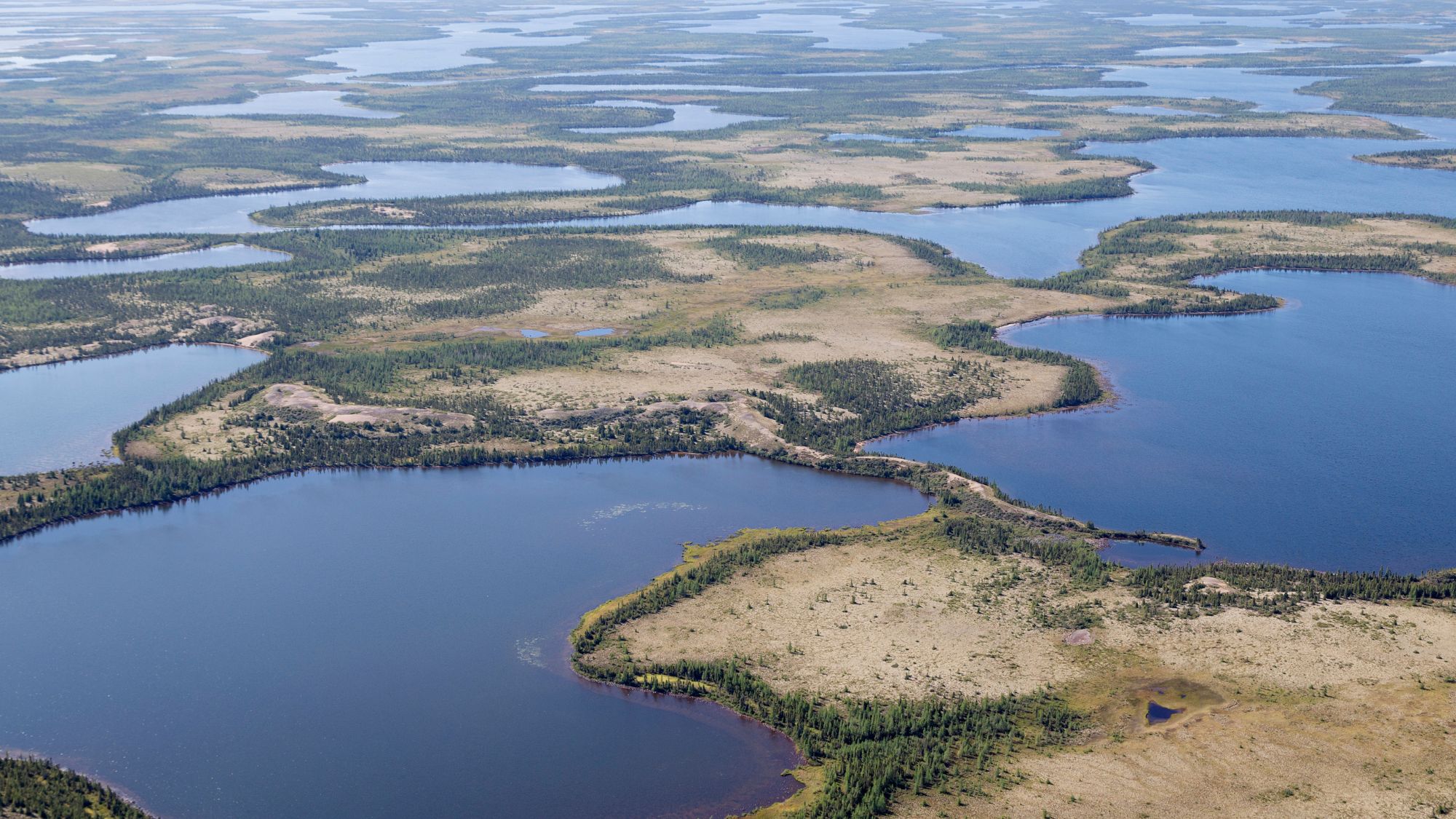Art Review: Hilma af Klint's What Stands Behind the Flowers
Museum of Modern Art, New York City, through Sept. 27

Over the past dozen years "Hilma af Klint has become a cultural force," said Jay Cheshes in Smithsonian. "Touted as an early feminist, a queer icon, a prophet, a witch—whatever your worldview wishes," the Swedish artist and spiritualist (1862–1944) is foremost known as the forgotten woman who invented modernist abstract painting before the men who were long credited with the innovation. An exhibition of her towering, brilliantly colored paintings toured Europe before their 2018 U.S. debut at New York City's Guggenheim, drawing record crowds at every stop. Af Klint had a skilled hand, said Natalie Haddad in Hyperallergic, and her "gossamer touch" elevates each of the 46 botanical drawings that are appearing in a follow-up exhibition at MoMA. But the artist's technique "can't fully account for the enthusiastic crowds examining the works with MoMA's magnifying glasses," supplied to help reveal every detail of af Klint's renderings.
Compared with the blockbuster 2018 show, "What Stands Behind the Flowers" is "a different affair," said Ariella Budick in the Financial Times. It's a show "full of quiet delights, puzzling codes, and a background hum of spiritual intensity that may resonate more with others than it does with me." Af Klint, shortly after World War I, announced that she was tired of being "lectured to" by the spirit guides that had allegedly directed her in the creation of the giant abstractions she's now celebrated for. As she approached 50, she turned to looking for insight into her own soul by seeking its reflection in nature, and from 1919 into 1920, she painted delicate portraits of flowers and other native plants while ascribing to each a particular spiritual state that's noted by the inclusion of a small pictogram or two. "These glyphs must mean something," but af Klint wasn't consistent in her use of this secret language. "Treat these drawings as a code to be cracked and you'll leave the galleries in frustration; savor the randomness and you come closer to the confounding expressiveness of a deeply original artist."
A notebook kept by af Klint translates the pictograms' meaning in "charmingly factual prose," said Walker Mimms in The New York Times. She credits a particular creeping vine with "spiritual initiative that uplifts the organs of our soul and body." She calls sedge a manifestation of gluttony and purple lousewort an avatar of self-interest. These, as well as a few earlier of the artist's works, "reveal her fixation on the possibility that a numinous reality underpins our visible one." This show closes with a wall of energy paintings from 1922, and "they are sloppy and fun, like cannonball dives into the placid surface of a lake." Oddly, "they are also less interesting."
The Week
Escape your echo chamber. Get the facts behind the news, plus analysis from multiple perspectives.

Sign up for The Week's Free Newsletters
From our morning news briefing to a weekly Good News Newsletter, get the best of The Week delivered directly to your inbox.
From our morning news briefing to a weekly Good News Newsletter, get the best of The Week delivered directly to your inbox.
A free daily email with the biggest news stories of the day – and the best features from TheWeek.com
-
 Metaverse: Zuckerberg quits his virtual obsession
Metaverse: Zuckerberg quits his virtual obsessionFeature The tech mogul’s vision for virtual worlds inhabited by millions of users was clearly a flop
-
 Frank Gehry: the architect who made buildings flow like water
Frank Gehry: the architect who made buildings flow like waterFeature The revered building master died at the age of 96
-
 Is MAGA melting down?
Is MAGA melting down?Today's Big Question Candace Owens, Tucker Carlson, Laura Loomer and more are feuding
-
 Frank Gehry: the architect who made buildings flow like water
Frank Gehry: the architect who made buildings flow like waterFeature The revered building master died at the age of 96
-
 6 lovely barn homes
6 lovely barn homesFeature Featuring a New Jersey homestead on 63 acres and California property with a silo watchtower
-
 Film reviews: ‘Marty Supreme’ and ‘Is This Thing On?’
Film reviews: ‘Marty Supreme’ and ‘Is This Thing On?’Feature A born grifter chases his table tennis dreams and a dad turns to stand-up to fight off heartbreak
-
 Heavenly spectacle in the wilds of Canada
Heavenly spectacle in the wilds of CanadaThe Week Recommends ‘Mind-bending’ outpost for spotting animals – and the northern lights
-
 It Was Just an Accident: a ‘striking’ attack on the Iranian regime
It Was Just an Accident: a ‘striking’ attack on the Iranian regimeThe Week Recommends Jafar Panahi’s furious Palme d’Or-winning revenge thriller was made in secret
-
 Singin’ in the Rain: fun Christmas show is ‘pure bottled sunshine’
Singin’ in the Rain: fun Christmas show is ‘pure bottled sunshine’The Week Recommends Raz Shaw’s take on the classic musical is ‘gloriously cheering’
-
 Holbein: ‘a superb and groundbreaking biography’
Holbein: ‘a superb and groundbreaking biography’The Week Recommends Elizabeth Goldring’s ‘definitive account’ brings the German artist ‘vividly to life’
-
 The Sound of Music: a ‘richly entertaining’ festive treat
The Sound of Music: a ‘richly entertaining’ festive treatThe Week Recommends Nikolai Foster’s captivating and beautifully designed revival ‘ripples with feeling’